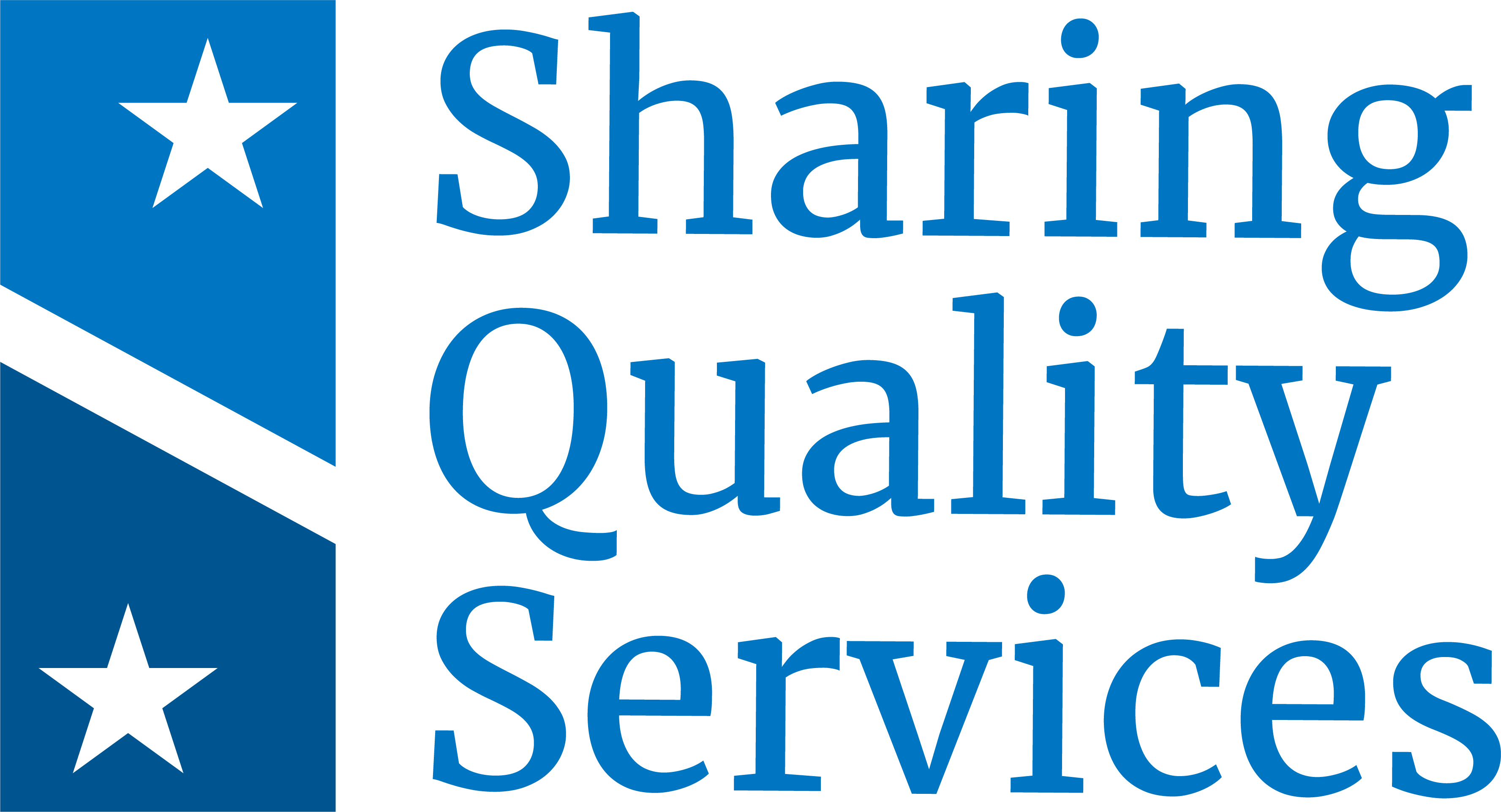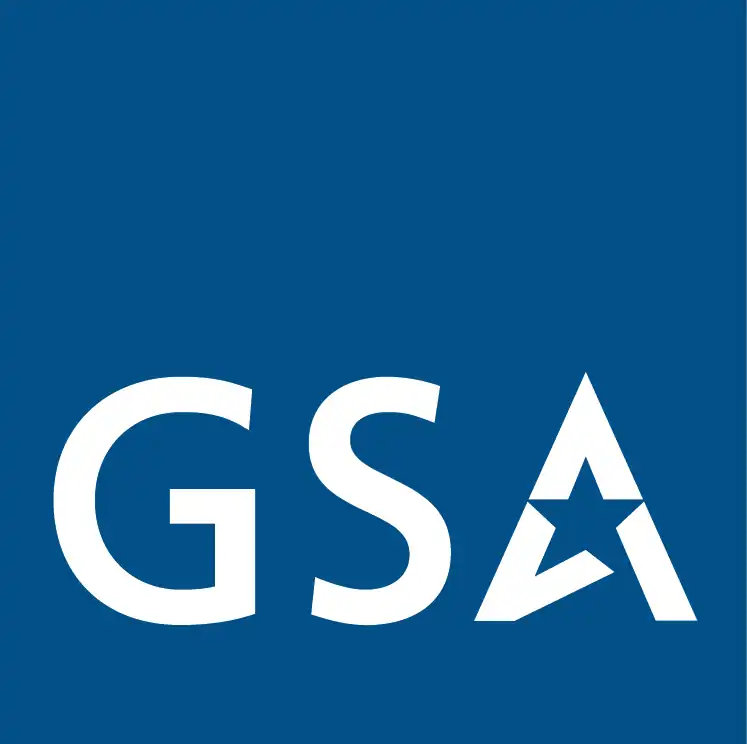Information Technology Services
Click wheel to review standards
Federal Integrated Business Framework (FIBF)
The FIBF is a model that enables the Federal government to better coordinate and document common business needs across agencies and focus on outcomes, data, processes and performance. It is the essential first step towards standards that will drive economies of scale and leverage the government’s buying power.
ITS Common Operational Capabilities - date posted 11/15/2024
Cybersecurity (CYB) Common Operational Capabilities - date posted 11/15/2024
These documents serve three purposes:
- The Quality Service Management Offices (QSMOs) use the draft ITS and CYB functions, activities, business capabilities, business data elements and services measures to establish, offer, and manage their governmentwide marketplaces of solutions and services.
- The GSA Technology Business Management (TBM) Program Management Office (PMO) uses the ITS and CYB functions, activities, and data elements as components of the Federal government’s IT Cost Transparency Taxonomy.
- Support Office of Management and Budget (OMB) Circular A-11 “Preparation, Submission, and Execution of the Budget” guidance to agencies when submitting IT investment data attributable to ITS Delivery, Platform, or Infrastructure solutions. Note the TBM Delivery solution subcomponent of Security & Compliance aligns to a mixture of CYB and ITS functions and activities.
Federal Business Lifecycle - Information Technology Services
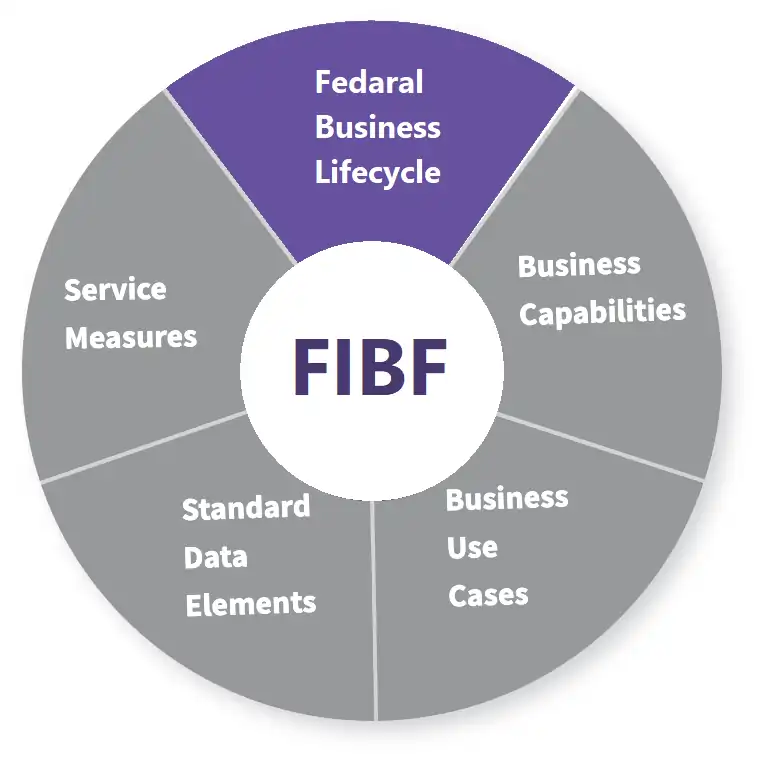
Federal Business Lifecycles, functional areas, functions, and activities serve as the basis for a common understanding of what services agencies need and solutions should offer.
Functions: Breakdown of a functional area into categories of services provided to customers.
Activities: Within a function, processes that provide identifiable outputs/outcomes to customers are defined as activities.
Business Capabilities - Information Technology Services
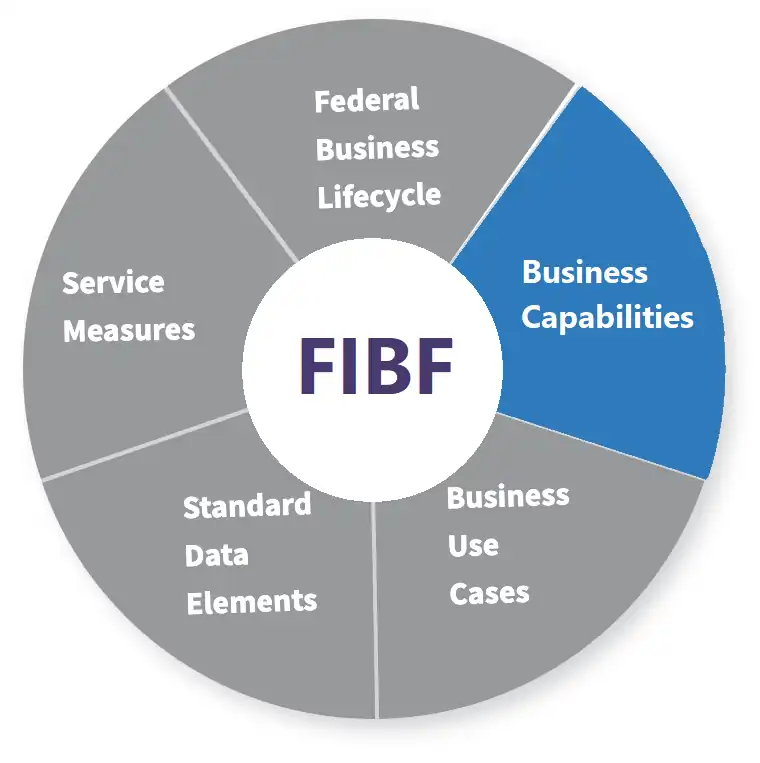
Business Capabilities are the outcome-based business needs mapped to Federal government authoritative references, forms, and data standards.
Business Use Cases - Information Technology Services
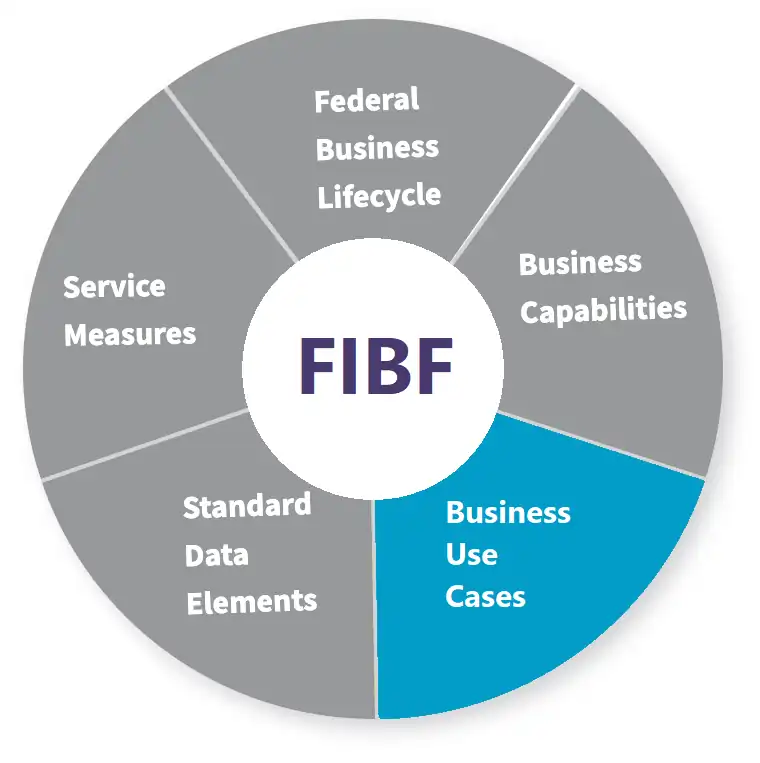
A set of agency “stories” that document the key activities, inputs, outputs, and other LOB intersections to describe how the Federal government operates.
Standard Data Elements - Information Technology Services
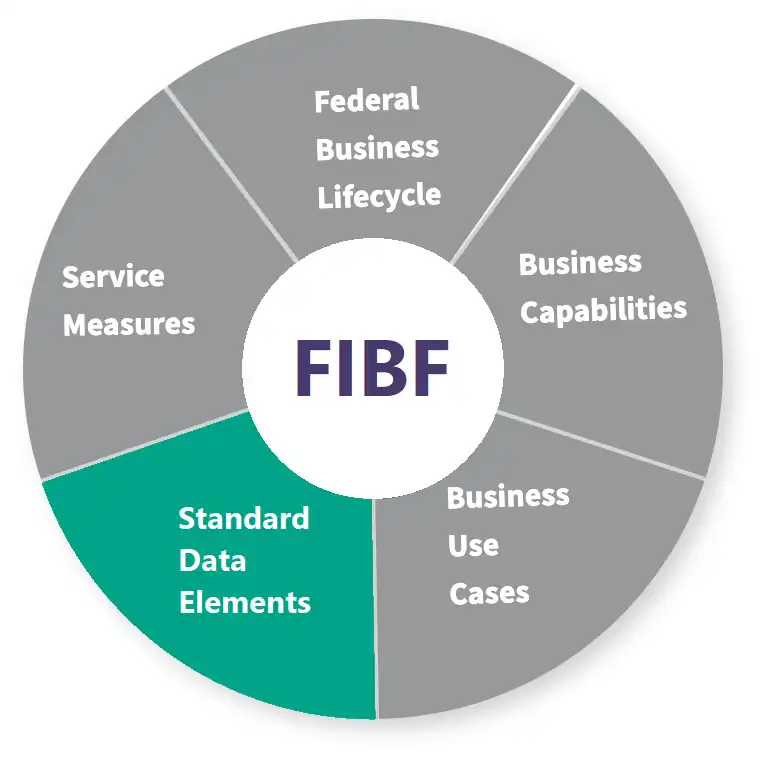
Identify the minimum data fields required to support the inputs and outputs noted in the use cases and capabilities.
Service Measures - Information Technology Services
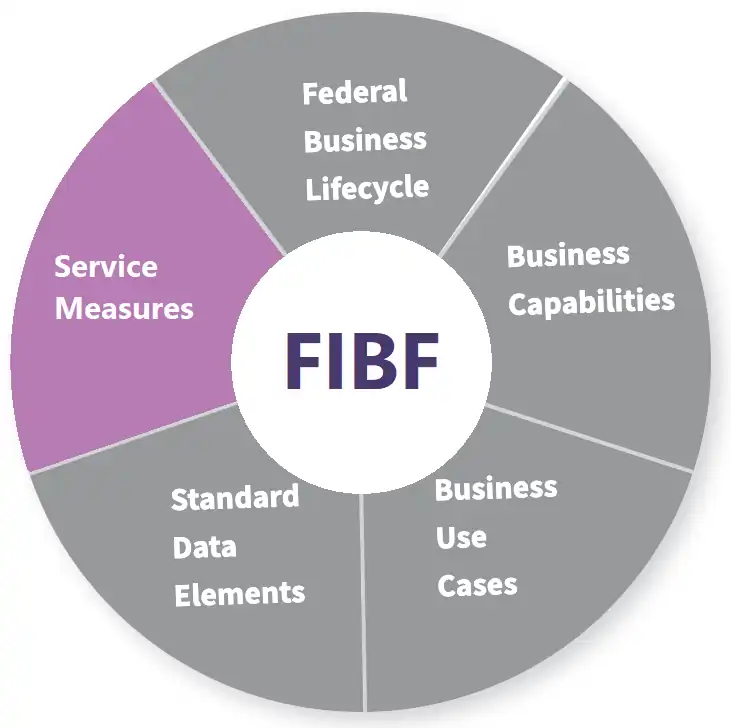
Define how the government measures successful delivery of outcomes based on timeliness, efficiency, and accuracy targets.

